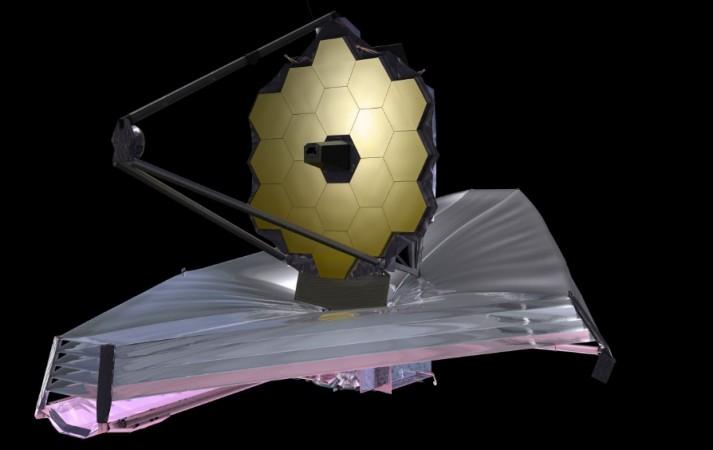Launch of National Aeronautics and Space Administration's (NASA) ambitious James Webb Space Telescope (JWST) is long-awaited as the Hubble Space Telescope is more than two decades old. But it will not see the light of day any time soon as "the integration of the various spacecraft elements is taking longer than expected."
The James Webb Space Telescope is developed by NASA in collaboration with the European Space Agency (ESA) and the Canadian Space Agency. It is part of NASA's next generation space telescope programme to replace the Hubble Space Telescope that was launched in 1990.
The world's most powerful space telescope, which is built with an $8.8 billion budget, was scheduled to launch in October 2018 but NASA has now announced that it would be launched between March and June 2019 from French Guiana.

"The change in launch timing is not indicative of hardware or technical performance concerns," said Thomas Zurbuchen, associate administrator for NASA's Science Mission Directorate at Headquarters in Washington, in a statement. "Rather, the integration of the various spacecraft elements is taking longer than expected."
NASA has an international agreement with the ESA to provide a desired launch window one year prior to launch, so it recently performed a routine schedule assessment to ensure launch preparedness and felt the need to change the launch schedule.
The space agency has said that testing of the telescope and science instruments at NASA's Johnson Space Center in Houston, Texas, is proceeding well but spacecraft "has experienced delays during its integration and testing at Northrop Grumman in Redondo Beach, California."
"Webb's spacecraft and sunshield are larger and more complex than most spacecraft. The combination of some integration activities taking longer than initially planned, such as the installation of more than 100 sunshield membrane release devices, factoring in lessons learnt from earlier testing, like longer time spans for vibration testing, has meant the integration and testing process is just taking longer," said Eric Smith, program director for the James Webb Space Telescope at NASA Headquarters in Washington.
"Considering the investment NASA has made, and the good performance to date, we want to proceed very systematically through these tests to be ready for a Spring 2019 launch," he added.
When launched, the JWST measuring 21-foot (6.5-meter) in diameter will be used by thousands of astronomers from across the globe to study extremely wide range of astrophysical phenomena, including formation of the first stars and galaxies, exoplanets and objects in our own solar system.













